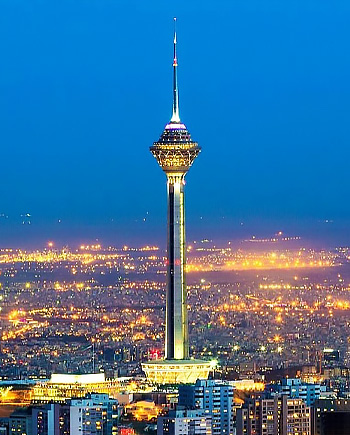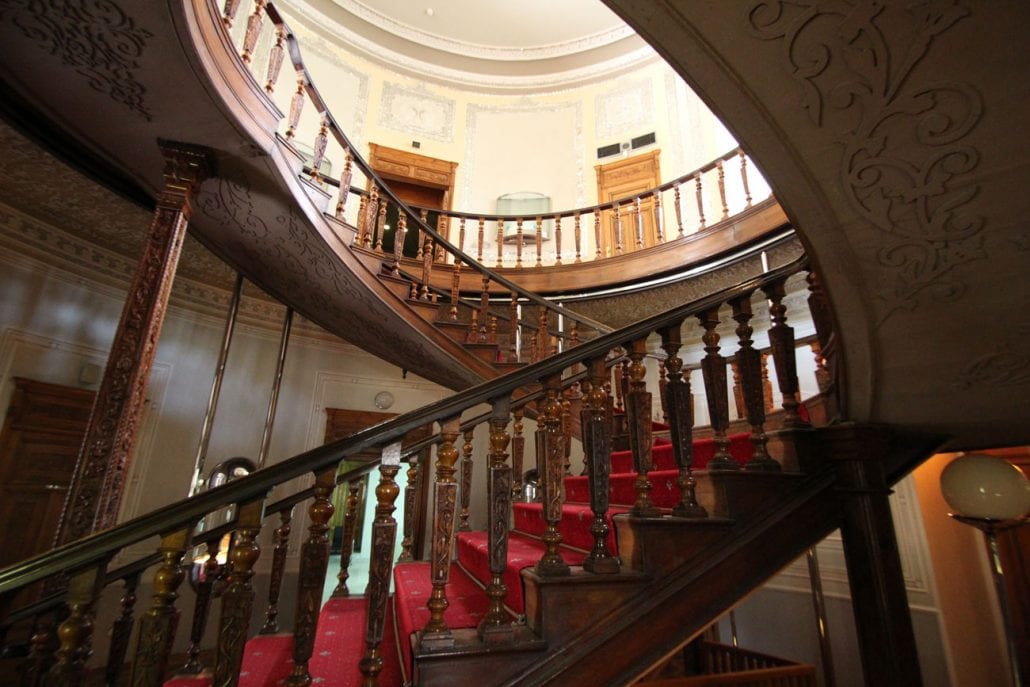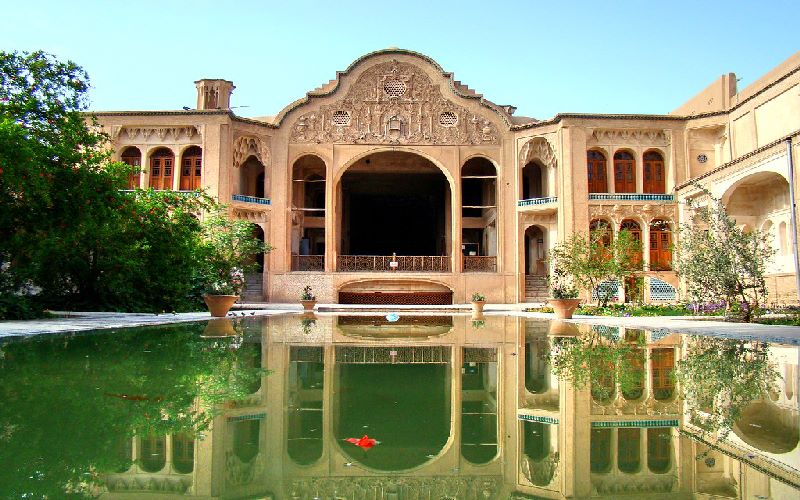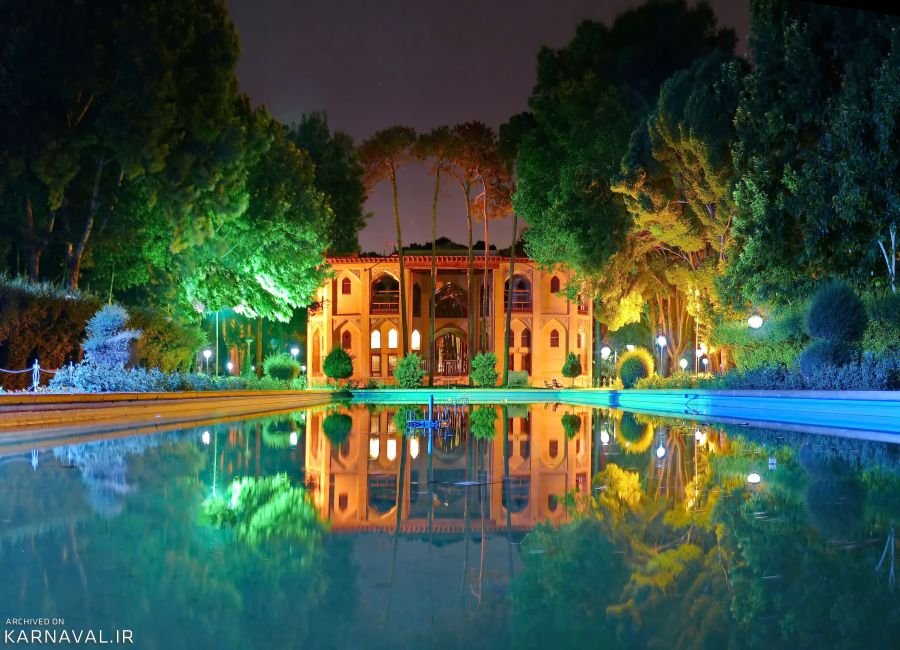











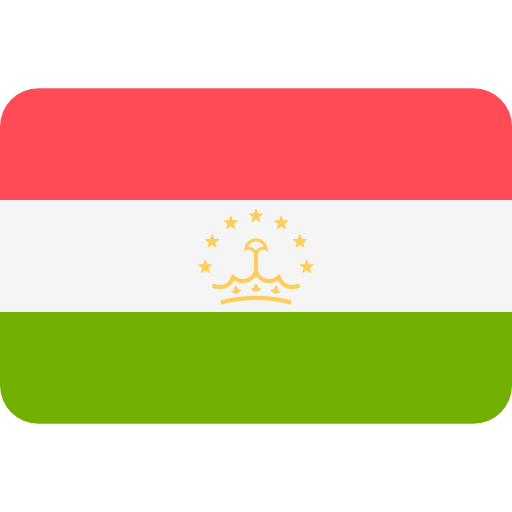

















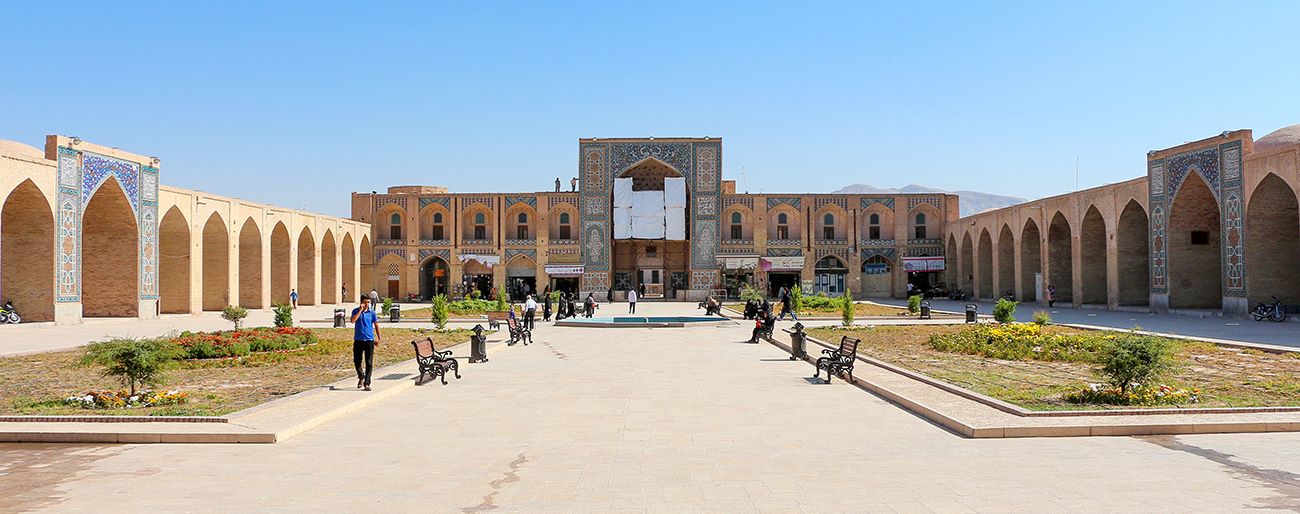

The Ganjali Khan Complex is a Safavid-era building complex, located in the old center of city of Kerman, Iran. The complex is composed of a school, a square, a caravanserai, a bathhouse (hammam), an Ab Anbar (water reservoir), a mint, a mosque and a bazaar.
The Ganjali Khan Complex was built by Ganj Ali Khan who governed Kerman, Sistan and Kandahar provinces from 1596 to 1621 under Safavid Shah Abbas I. A number of inscriptions laid inside the complex indicate the exact date when these places have been built. The architect of the complex was Mohammad Soltani from Yazd.
Built in 1611, the Ganjali bathhouse is located on the southern side of Ganjali Square, off a section of Vakil Bazaar known as Ganjali Bazaar. The entrance of the building are painted with ornaments of the Safavid era. An interesting feature of its architectural finish is that the sculptured stones of the ceiling coincide with that of the flooring.
It is composed of a disrobing room, cold room and hot room, all covered with domes carried on squinches. The Ganjali Baths are unique works of architecture decorated with exquisite tile works, paintings, stuccos, and arches.
The bathhouse were converted into an anthropological museum in 1971. In the closet section and main yard of the bath there are many lifelike statues. These statues were designed at Tehran University’s faculty of fine arts in 1973 and then transferred to this museum.
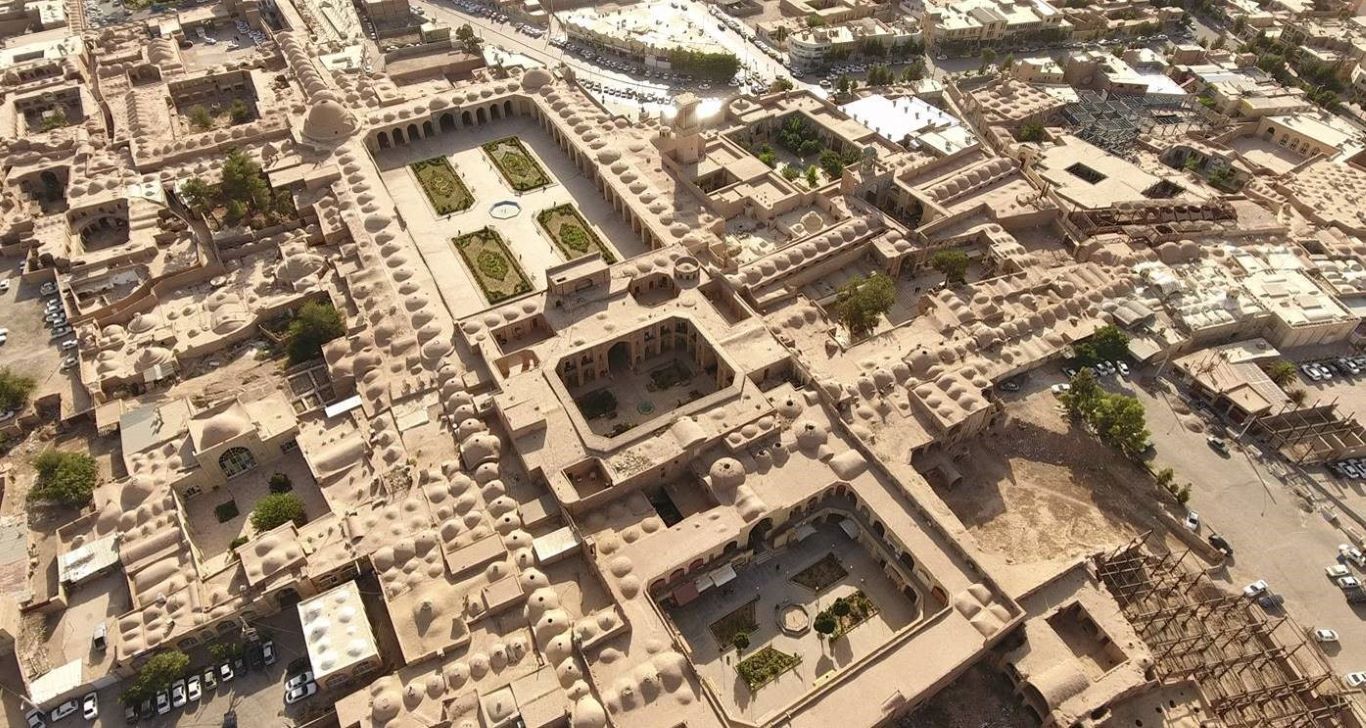
.jpg)
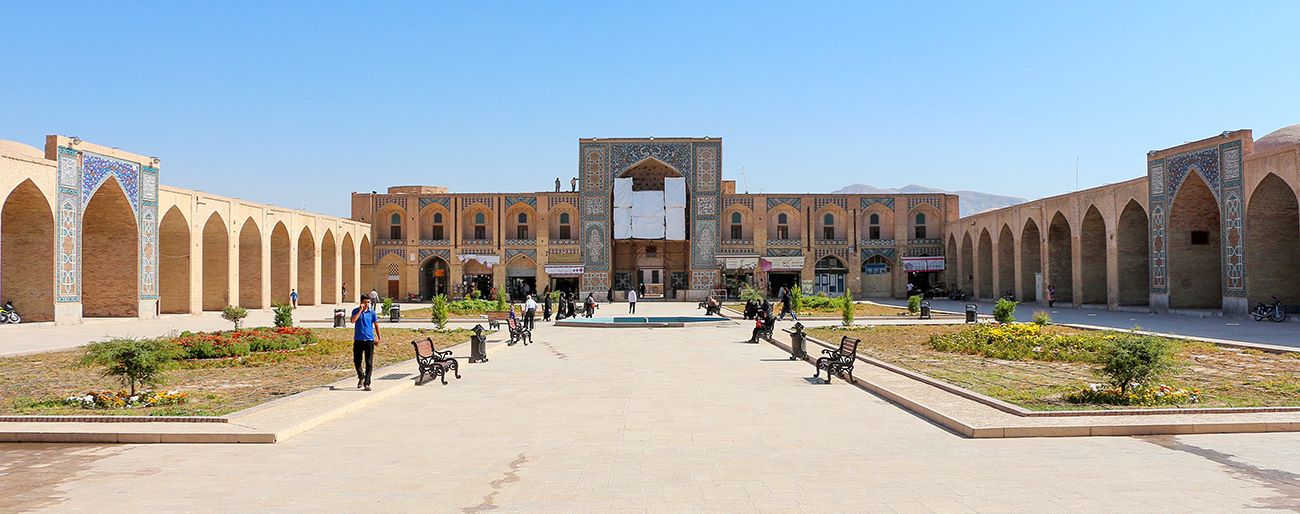
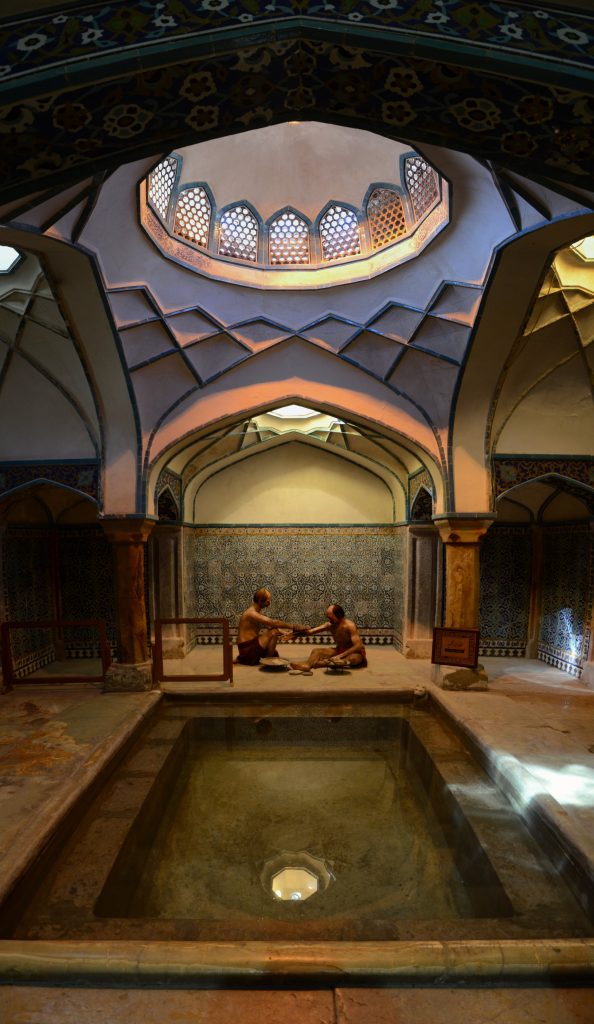

Visitors can avail free date change.
No cancellations and refunds can be made.



